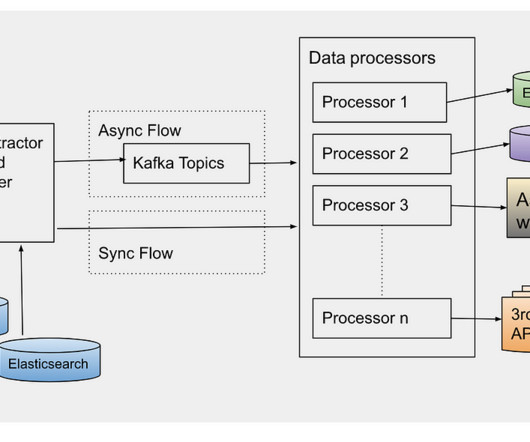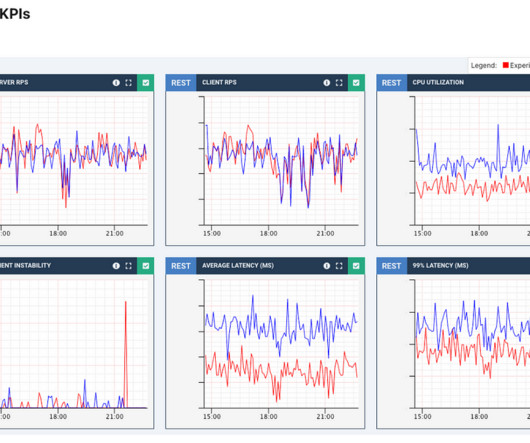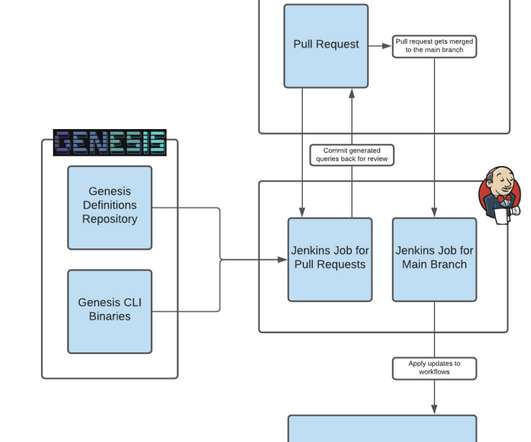Seamlessly Swapping the API backend of the Netflix Android app
The Netflix TechBlog
SEPTEMBER 8, 2020
Over the course of this post, we will talk about our approach to this migration, the strategies that we employed, and the tools we built to support this. service with a composable JavaScript API that made downstream microservice calls, replacing the old Java API. Java…Script? It was a Node.js Replay Testing Enter replay testing.















Let's personalize your content